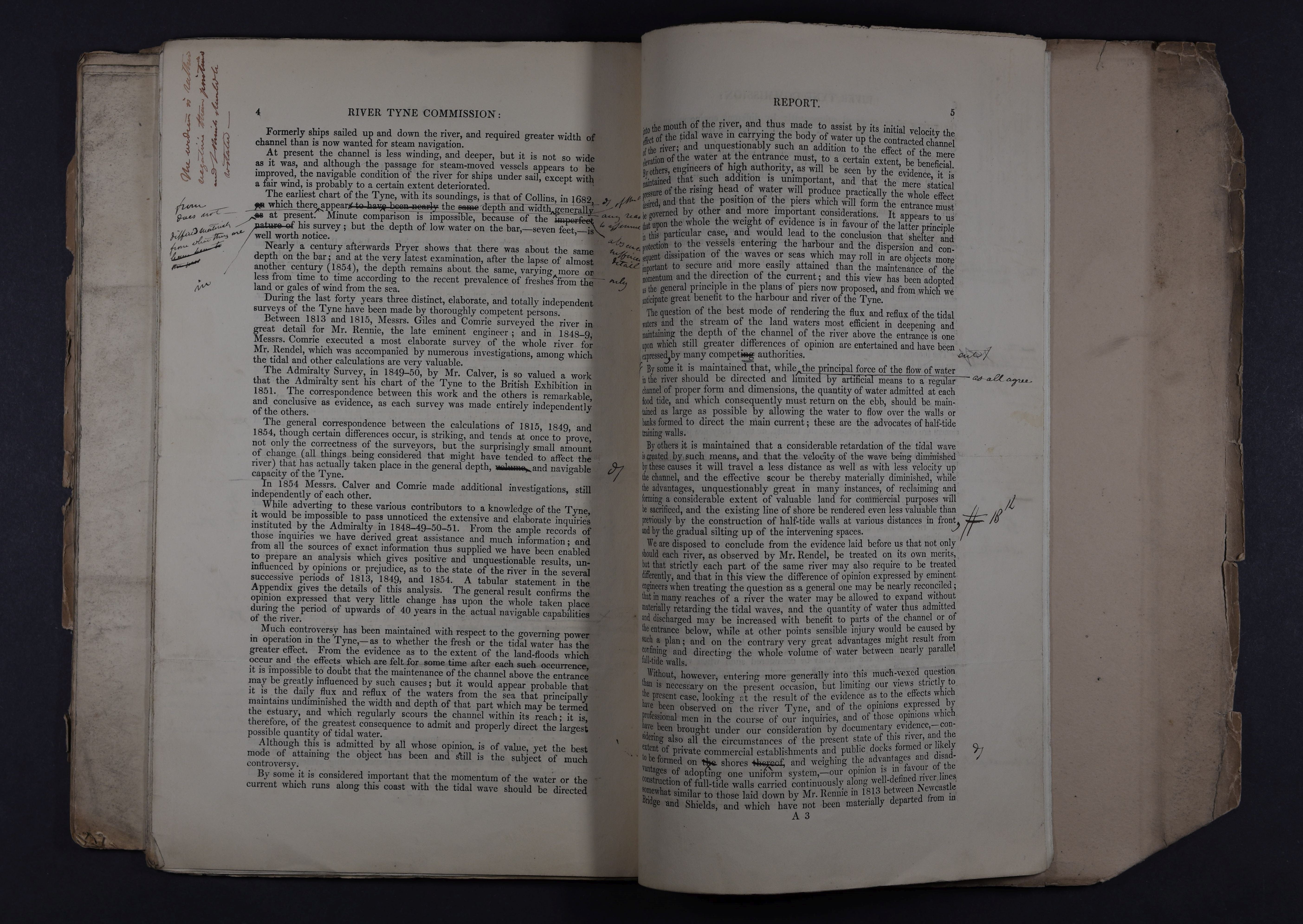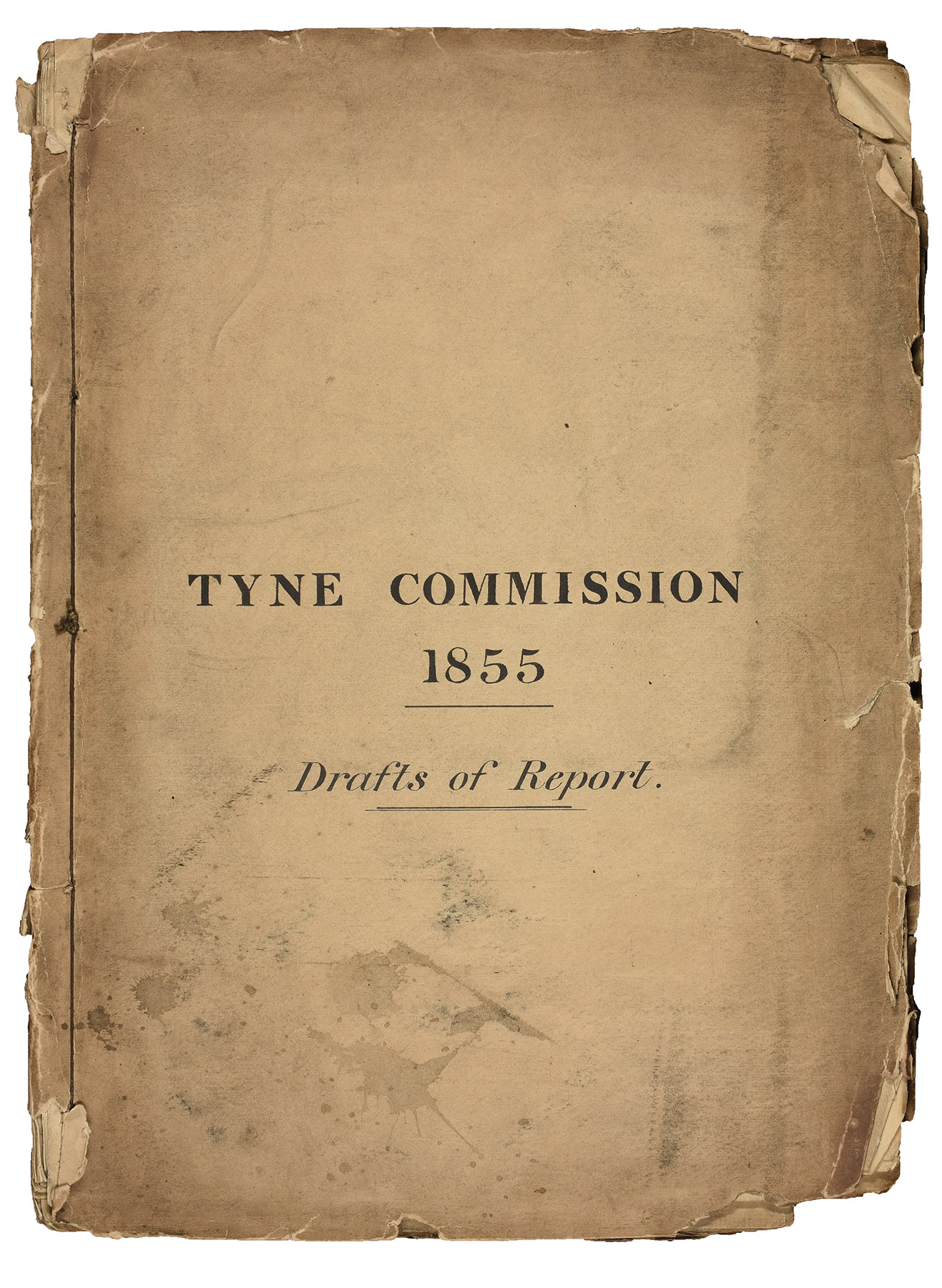Professor Buchanan catches a glimpse of the indefatigable Isambard Kingdom Brunel on the River Tyne.
North East England was one of the main areas of industrial expansion in 19th-century Britain, and the lower reaches of the River Tyne, through Newcastle and Gateshead, were of tremendous importance in maintaining the region’s high levels of productivity. The river had long been established as the major means of exporting coal from the adjacent coalfield to London and elsewhere, and it was equipped with many wharves for transferring coal from the riverside into awaiting ships. Important engineering, chemical and service industries had taken advantage of proximity to the good port facilities and there was also a flourishing ship-building industry based along the banks of the river.
All this industrial and commercial activity had led to anxiety about the good health of the tidal reaches of the river, with serious disagreements amongst the interested parties about what should be done to improve them. Controversies of this kind were not uncommon in this age of technological novelties. The government, generally reluctant to interfere in such matters, had developed a procedure for doing so via ad hoc Royal Commissions whereby a small group of experts gathered information, made assessments, and issued recommendations.
There had been at least three previous surveys of the Tyne carried out during the first half of the 19th century without any significant action from the government. In 1854 five commissioners were appointed to produce a report on the engineering aspects of the tidal channel and waterway of the Tyne. They included Isambard Kingdom Brunel, selected to give some authority to the deliberations. Brunel was not a man to waste his time but if it was a matter of sufficient interest, and one for which he could claim adequate expenses, he was frequently prepared to put himself to some trouble as it enabled him to travel, and to meet colleagues and potential customers.
The seven-page Report of the Commissioners Appointed to Inquire into the Present State of the River Tyne reflects on the effect on navigability of fresh river water mixing with the tidal flow of salt sea water twice every day. Although he experienced some difficulty in getting hold of factual data about tidal flows in the Tyne, Brunel had insisted on assembling as much information as possible. At a time when construction of the Great Eastern steamship was already underway, the development of the Tyne as a navigable river and as a port for industrial traffic coincided closely with his concerns about the behaviour of big ships and the cargoes they could carry.

